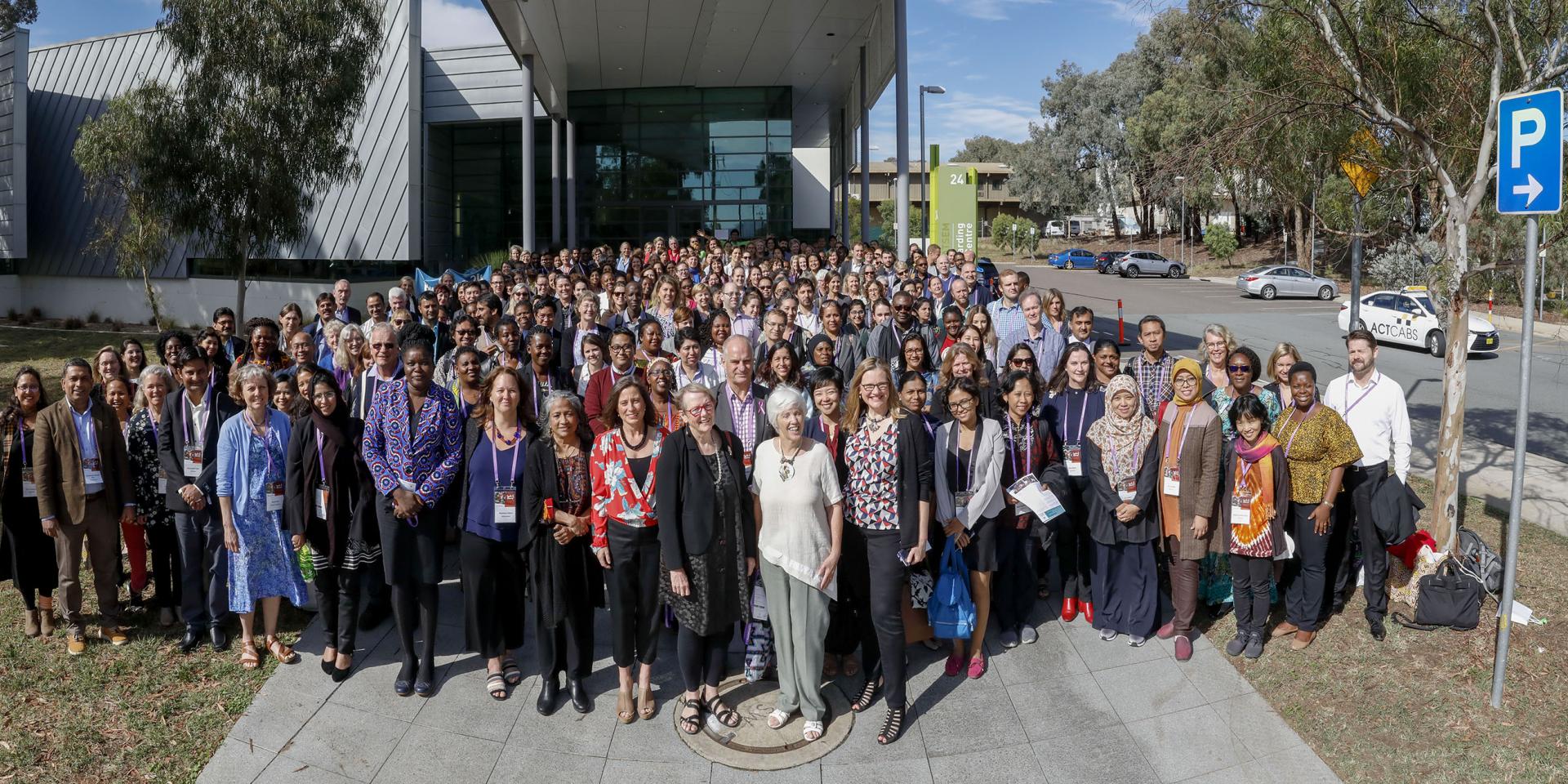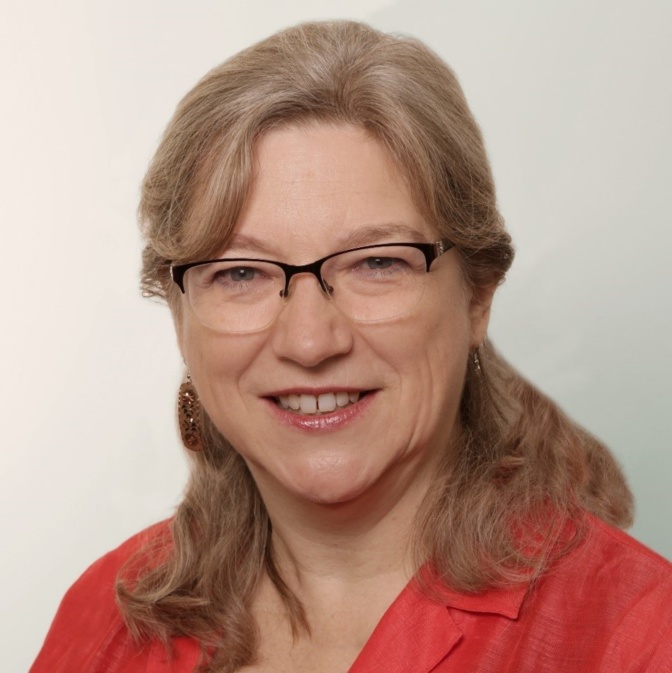Seeds of Change harvest: It’s time to tackle harassment – Ruth Meinzen-Dick (IFPRI)
 Photo: Patrick Cape/ACIAR.
Photo: Patrick Cape/ACIAR.
During the Seeds of Change conference, we approached several people from the ‘Gender in Agriculture’ crowd to interview them on their work, on their insights about the conference and their outlook on the next frontiers of our field of research. Find an overview of all conference related outputs here.

In this interview, we feature Ruth Meinzen-Dick, Senior Research Fellow at the International Food Policy Research Institute (IFPRI) and recent laureate of the Elinor Ostrom Award. She reflects here on the actual first connection between CGIAR gender scientists and the wider gender in agriculture community, the need to focus on sexual harassment and what keeps her busy at the moment and looking forward…
What was exciting about the Seeds of Change conference, its contents and the fact that for the first time the CGIAR community was also mixing up with the wider ‘GenderInAg’ community?
Actually, this wasn’t the first time the CGIAR community was “mixing up with the wider ‘GenderInAg’ community”. The 2012 Global Conference on Women in Agriculture, convened by Asia-Pacific Association of Agricultural Research Institutions (APAARI), brought together over 400 participants from 55 countries. What was particularly important about that was that the organization was led by national agricultural research centers, and by very senior leadership in those networks. It was very encouraging to see the senior (male) leadership of those organizations championing the importance of gender. I served on the organizing committee, and we had the first meeting of the CGIAR gender research network as a side event to that meeting. I do think it is important for CGIAR to engage with broader constituencies. We can’t create the impact we want, acting alone.
What have been your highlights from the conference and what has inspired you to try back home/to your work?
It was very encouraging to see the growth of serious research on many aspects of gender in agriculture, using both qualitative and quantitative methods. The variety of methods and topics is impressive, and to see centers coming together to work on topics.
For example, I was involved in a paper examining women’s land rights in collective tenure with Anne Larson and Iliana Monterroso of CIFOR, Fiona Flintan of ILRI, Cheryl Doss of University of Oxford, and Rachael Knight—all with extensive experience in different types of land tenure. The opportunity to learn across countries and resource systems is particularly valuable to me.
It was also very exciting for me to catch up with researchers and project implementers under the Gender, Agriculture and Assets Project (GAAP2), and to see the evidence accumulating that efforts to work with men and women in projects really can contribute to measurable increases in women’s empowerment.
What do you see as one of the ‘next frontiers’ of gender in agriculture research in the next few years?
Naila Kabeer made a very important point about the need to address sexual harassment. Concerns about harassment limit women’s mobility, which in turn limits their ability to take produce to market, act as entrepreneurs, or find employment, and can end up isolating women. So a lot of programmatic interventions won’t succeed without addressing harassment.
What are you currently working on and what do you hope to focus on next?
We are continuing to refine and apply the project-level Women’s Empowerment in Agriculture Index (pro-WEAI) to study what works to empower women. It has been a challenging (and fascinating) journey to develop the index, drawing on qualitative and quantitative research to identify what commonalities there are across contexts in aspects of women’s empowerment, and what are the major differences across cultures. But even more important is the application of this in practice—seeing how projects can use the information in diagnoses of what the major constraints are to women’s empowerment, and to assess what works to create measurable changes. We’re now getting a lot of demand from organizations that want to apply pro-WEAI, so we’ll be developing a distance learning or blended learning program to train people on how to collect and analyze the qualitative and quantitative data, and interpret the results so that projects can use the evidence to develop more effective strategies to achieve gender equity.